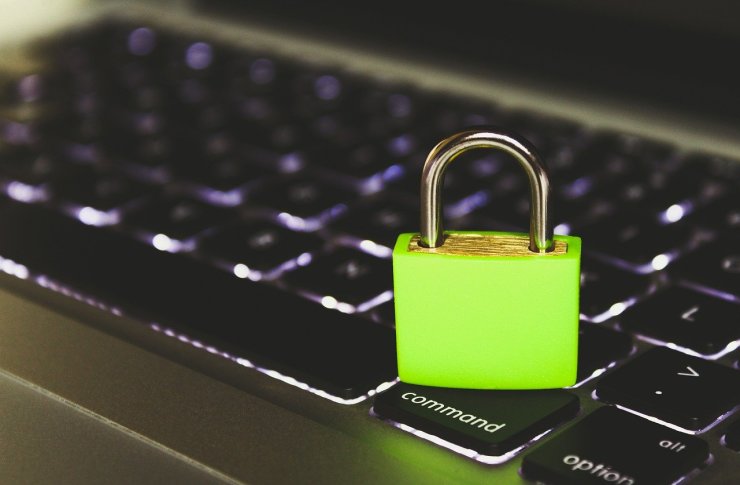How to prepare and secure your data before device repairs
Before handing a device over for repair, taking practical steps to protect data and privacy reduces risk and speeds up servicing. This teaser outlines the kinds of preparations that help preserve files, protect accounts and comply with warranty terms. Planning ahead lets technicians focus on fixes rather than data recovery or security issues.

Before sending a phone, laptop, or tablet for repair, prepare both the device and your data to reduce the risk of loss, unauthorized access, or delays in servicing. Start by cataloguing important files and accounts, note any device-specific settings, and make a habit of separating personal information from what the technician needs to diagnose hardware or firmware issues. Clear, simple organization saves time and improves privacy protections during servicing.
How to back up your data before repair?
Backing up is the single most important step before any repair. Use a combination of local and cloud backups: copy essential documents, photos, and configuration files to an external drive and sync critical items to a trusted cloud service. For mobile devices, enable platform backup features and export contacts, messages, and app data where possible. Verify backups by opening a few files and checking timestamps. If encryption is used, keep the decryption credentials in a secure location separate from the device.
How to protect your privacy during servicing?
Minimize the personal information accessible on the device. Sign out of email and social media apps when possible, and remove stored payment methods, saved passwords, and biometric unlock data. If a full factory reset is required and acceptable for diagnosis, perform it after backing up. When full resets aren’t appropriate, at least move sensitive files to encrypted containers or an external storage device. Note any accounts that must remain signed in for testing and discuss limited access with the technician.
How to secure accounts and device security?
Change or temporarily disable account passwords and two-factor authentication where necessary for hands-on diagnostics, using strong temporary credentials. Avoid sharing permanent passwords; instead set up a dedicated technician account if the service supports that. Turn off automatic unlock features like Smart Lock, and disable remote access utilities. After repair, review account activity, restore stronger passwords, and re-enable multi-factor authentication. Audit app permissions and security settings once the device returns to ensure nothing was altered.
What to check about warranty and repair policies?
Review warranty terms before attempting any self-repair or handing a device to a third party. Some manufacturers void warranties when unauthorized repairs are performed or seals are broken. Check whether the repair center is an authorized servicer for your brand, and ask about data-handling policies, liability for data loss, and any diagnostics fees. Document pre-repair device condition with photos and notes. Keep receipts and serial numbers for warranty claims and to confirm that the correct device is returned.
Should you update firmware or run diagnostics first?
Running basic diagnostics can help determine whether a software, firmware, or hardware issue exists. Install available system updates only if they are stable and won’t risk data integrity; in some cases, updating firmware prior to repair can complicate troubleshooting. If you’re unsure, provide technicians with recent system logs or diagnostic output rather than applying changes yourself. Keep a record of installed drivers and firmware versions so technicians can reproduce the original environment if needed.
How to handle batteries, hardware, and recycling during servicing?
For repairs that involve batteries or internal hardware, follow safety guidance: power down and disconnect the device if safe to do so. Remove any removable batteries and store them separately if the repair center requests it. Clearly label components and cables to avoid mix-ups. If a device is being retired or recycled, securely erase storage using manufacturer-recommended methods or verified wiping tools. When recycling at a service center, confirm how personal data is handled and request a certificate of data destruction if available.
Conclusion Preparing a device for repair involves careful backups, privacy controls, and clear communication with technicians about warranty and data-handling policies. By cataloguing important files, securing accounts, and documenting device condition, you reduce the chance of data loss and streamline servicing. After repair, verify that security settings and software are restored and inspect the device for any unexpected changes before returning it to normal use.





